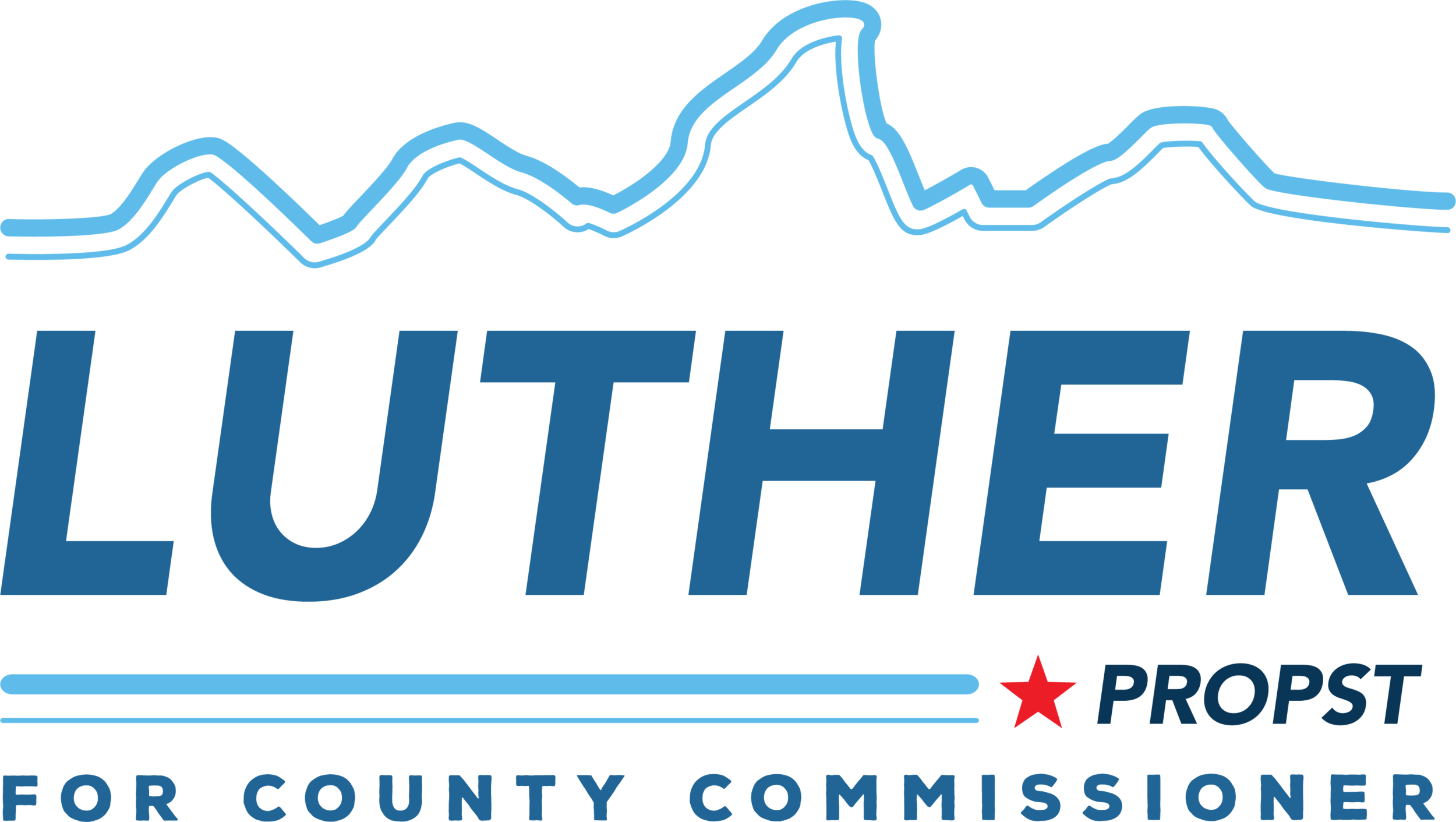Protecting Bears and People
Photo by Steven P DeVries.
The Teton County Planning Commission and later the Board of County Commissioners are considering amendments to the county Land Development Regulations (LDRs) to better manage land uses and activities that attract bears, such as garbage cans that are not bear resistant.
This is being done as part of our community’s commitment to both public safety and wildlife conservation, and the draft language looks like a positive step in the right direction.
I hope that the County Commission will approve and start implementing new regulations as soon as feasible, although I withhold comment on the precise language of any revisions.
As I follow this process, it's increasingly clear that it's quite complicated to create a local "bear smart" program that works well.
In addition to updating the county’s LDRs, Teton County needs to team with partners to make this really work (i.e. Wyoming Game & Fish Department, U.S. Fish & Wildlife Service, Bridger-Teton National Forest, Grand Teton National Park, Teton Conservation District, wildlife conservation nonprofits, and interested members of the public).
New language in the county regulations is necessary, but far from sufficient. We need four additional elements:
1. Public Education
A continuous campaign to educate the public (i.e. don’t put garbage cans out the night before pickup, don’t overload garbage cans, don’t leave beehives unprotected, and so forth)
2. Fair and Efficient Enforcement
Enforcement through the county’s zoning authority is unwieldy at best, but may be the only county option. We need to thoroughly investigate other options, which may require state legislation.
3. Financial Incentives
Complying with new regulations to protect wildlife should not impose undue hardship on garbage haulers, fruit tree owners, or residents. I encourage nonprofit and philanthropic organizations to step up.
4. Intergovernmental Cooperation
It’s critical that federal, state, local, and nonprofit actors work together to help prevent bears from getting into trouble. We aren’t starting from scratch here: check out the BearWise community program.
Effectively protecting bears and other wildlife will require the county to add a staff person to lead these efforts, and eventually a wildlife and environmental quality department.
We have much work to do to build out this multifaceted program, but it’s our obligation.
As always, I welcome your feedback on this important discussion.

